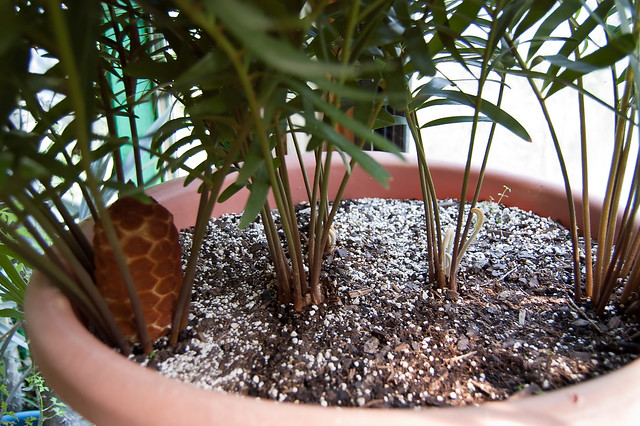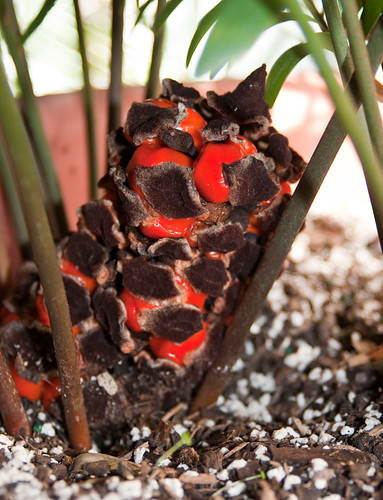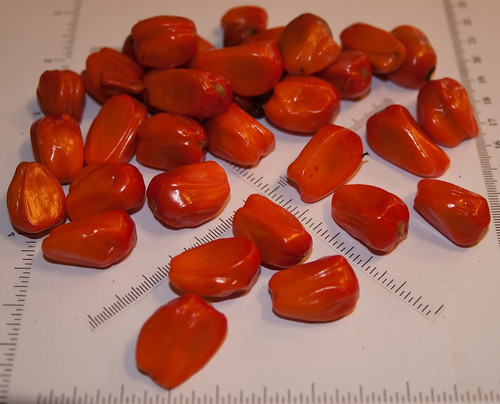(and does anyone have any pollen?


Steve
Moderators: lucky1, Alchris, Kansas, Wes North Van, Laaz


Steve, my Palatka Giants are coning now as well. One of my males has two elongating cones that should be dropping pollen in the next day or two.Knnn wrote:Have a Zamia floridana (wide leaf, "Palatka Giant") coning, does anyone know how to tell when the cone will be receptive to pollen?
(and does anyone have any pollen?
Steve


Actually, the true Palatka Giant coonties are not that common. I am happy to hear that you are building some breeding colonies.Knnn wrote:Cameron, Thanks for the suggestion, I'll check it out.
Barb, These are common, probably not much of a market.
One of my goals has been to get a couple of small breeding colonies going. A couple more new plants this season and I should be just about there
Steve
You would only need to isolate plants in areas that have natural pollinators, and even then you would have to go to pretty extreme lengths to prevent the natural pollinators from getting to the female cones. Here in south Florida we have the natural pollinator of the coontie that is native to here as well as the pollinator of Zamia furfuracea from Mexico that came in on wild-collected plants many years ago. Thus, it would not be a good idea to try to build breeding colonies of Caribbean or Mexican zamias in this area. People in South Africa have similar problems with cross-pollination in various Enephalartos species.lucky1 wrote:In order to keep cross-pollination and hybridization occurring, do you have to isolate cycad species in separate areas?
Certainly is...now if you two could get those plants in the same area...harvest of viable seeds.great comparison of the characteristics between male/female cones.









